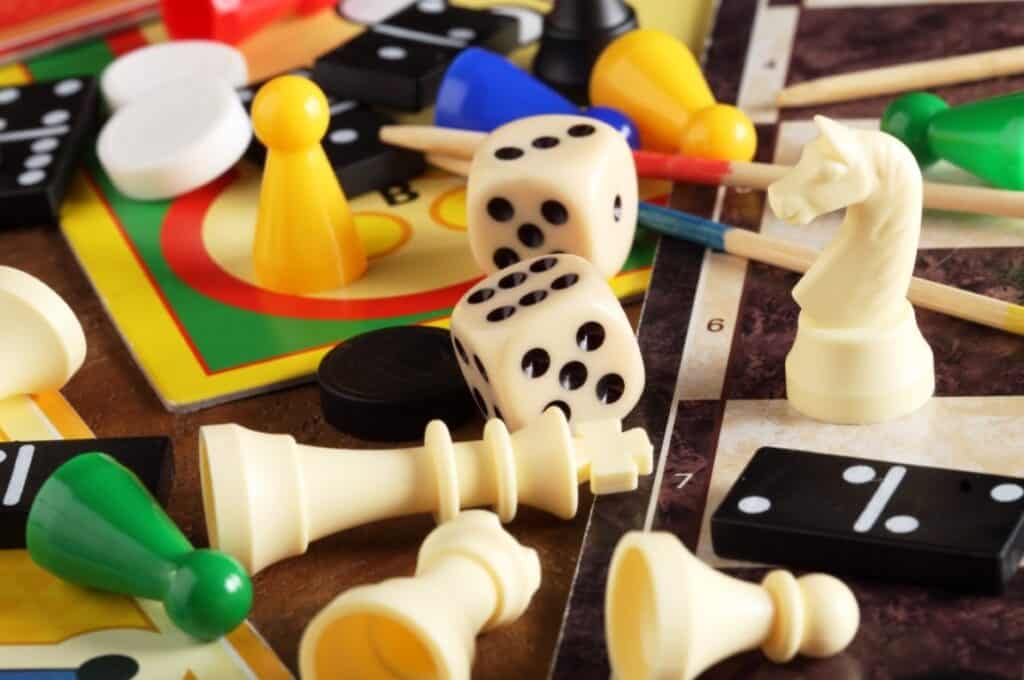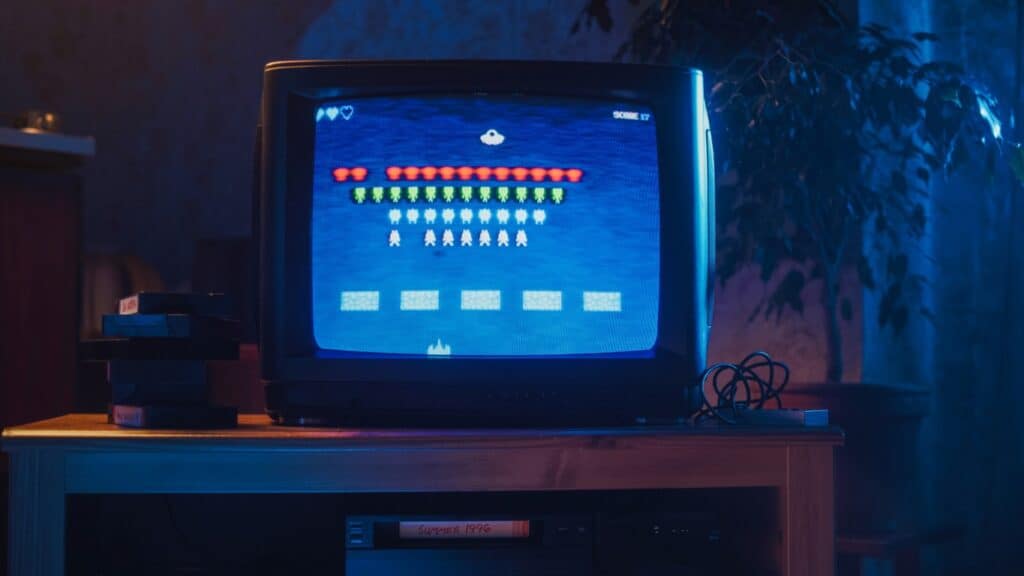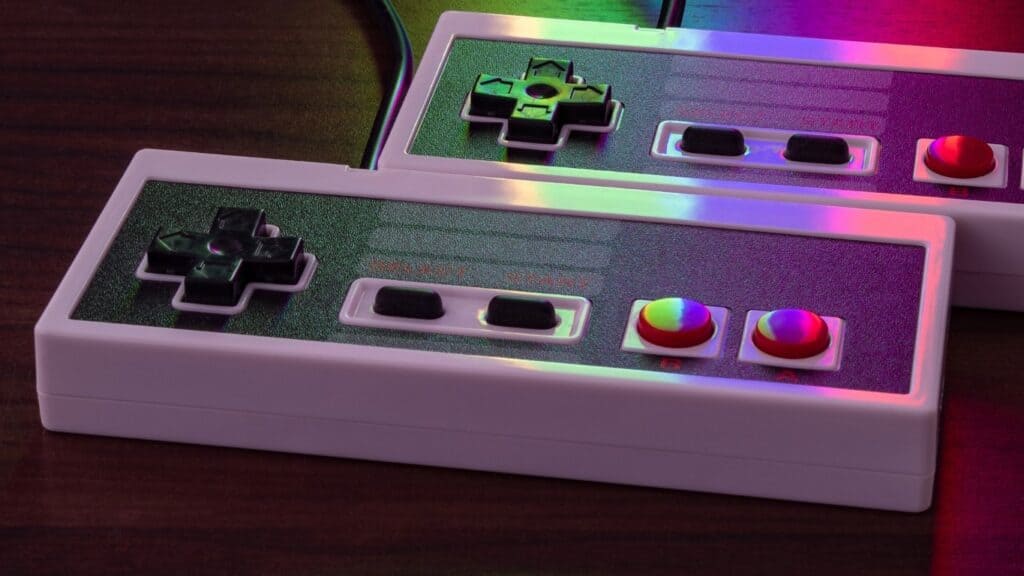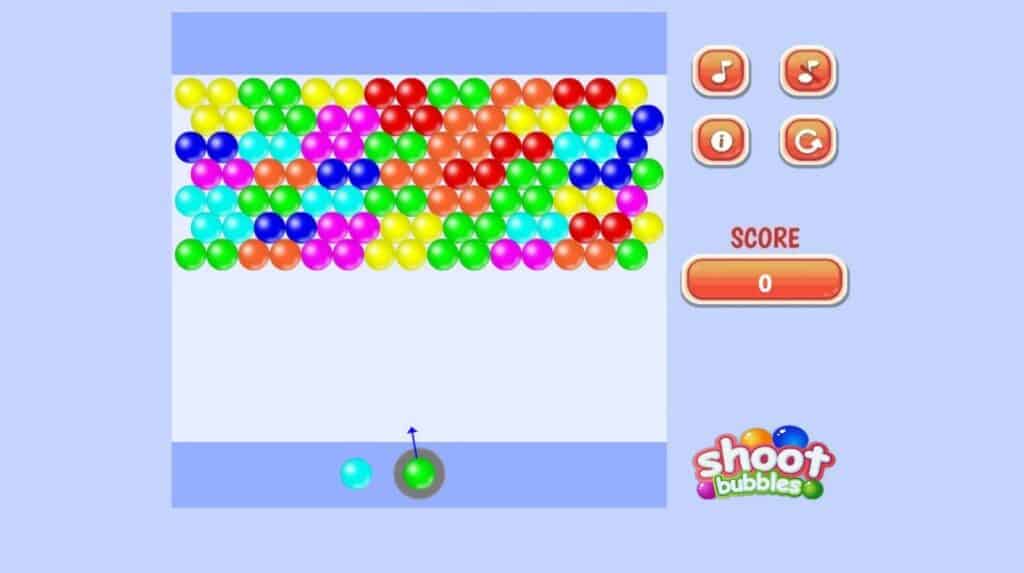Scramble paved the way for puzzle games in 1954, and game designers haven’t looked back. Since then, puzzle games have evolved into using different mechanics, formats, and illustrations to challenge and entertain players.
In 2001, Absolutist released Bubble Shooter, triggering a chain reaction and the creation of hundreds of bubble-popping games like the recent hot game Shoot Bubbles. Classic 2D bubble animations transitioned into satisfying 3D holographic landscapes.

Throughout history, however, lighthearted fun has been the constant factor in traditional board games like Scrabble and modern ones like Bubble Shooter, making them much more alike than they appear.
Come with me as I discuss the historical perspective on puzzle games, exploring their popularity in the 1950s and how they transitioned to the modern games we love today.
The Golden Era of Board Games
The 1950s-60s was the golden age of board games because mass production helped classics like Monopoly, Battleship, Twister, and Careers become cheaper and more widely available.
For an era of primarily tabletop games, this period offered a large game variety to pick from for every occasion. Card games like Why and dice games like Troubles were available at your neighborhood’s corner store so that you could grab a board game on a film or cigarette run.
In coming years, board game demand and mass production skyrocketed as we welcomed fresh games like All in The Family, King Oil, and Payday to the 1970s. What started as entertainment for adults quickly became widespread among all age groups, becoming “family-friendly”.

Transition to Digital
Tennis For Two became the first video game after its invention in October 1958, but it wasn’t until 1970 that John Conway invented the first electronic board game and called it “The Game of Life”.
The move to digitize board games comes from an evergreen demand for them. Games like Monopoly and iconic puzzles provide social interaction and a much-needed break from technology’s isolation. They are also cross-generational, so they become family favorites that players can participate in from anywhere.
Today’s puzzle games cater to many interests. For example, jigsaw puzzles evolved from their first ancestor, an 18th-century map puzzle to become the chess, mystery, and custom puzzles we love today. There are also logic, symmetry, and number puzzles for adults to challenge their strategy-building and critical-thinking skills.
Despite their variety, electronic board games share a common aim to entertain and stimulate players. By digitizing them, developers introduced interactive, multiplayer versions to add a social aspect to the timeless experience.

Rise of Computer and Video Games
In the mid-20th century, America experienced a puzzle craze that saw people rushing to buy and solve weekly puzzles. The puzzles were artistic and historical images embedded on a cardboard canvas and they soon became a much-needed distraction from life’s problems.
By the end of the century, portable gaming systems were carrying puzzle games, with Sokoban, Tetris, and Myst as top contenders. The obsession only grew and Sudoku, Crossword, and Wordsearch puzzles soon found their way to screens.
Modern Puzzle Games
Modern puzzle games have captured the attention of over 50 million players. Like traditional puzzle games, it is highly casual yet engaging and appropriate for all ages.
For instance, Bubble Shooter history began when Absolutist released the game in 2001 and broke through when Absolutist sold the game to Ilyon Dynamics, a move that would expand the game on mobile, Facebook Messenger, and Skillz. To win, players must clear the playing field with three or more balls of the same color, so it is a straightforward game with clear objectives.
Simple? Not so simple.
While puzzle games are easy to learn, their appeal lies in their dynamic playing arenas and progressing complexity. Each level presents a new arrangement and color selection, with increasingly harder-to-reach balls.
They also utilize visual and kinesthetic learning, two of the four main learning styles, to present unique game scenarios for players to tackle. So, puzzle games challenge players’ critical thinking, focus, and math skills.

Puzzle Games and Cognitive Skills
Modern puzzle games enhance memory retention by repetition, allowing the player to memorize and build upon previously learned skills. By parroting specific patterns and colors, the game encourages players to recall winning tactics (or losing ones), exercising their neural connections and strengthening their memory.
Number puzzles for adults can also improve critical thinking skills through the constant challenge of progressively difficult levels. For instance, the 5th level of Bubble Shooter doesn’t require as much angling and calculation as the 40th level, but the 60th will require skills from both the 5th and 40th levels plus a little twist.
Finally, spatial awareness is another core benefit of playing puzzle games. For Tetris, I experience improvement in my hand-eye coordination after several levels and angling my arrow. However, playing jigsaw puzzles required me to mentally move and rotate my pieces as I visualized the final assembly, exercising and enhancing my spatial awareness.
Iconic Puzzles
Modern puzzle games span various categories, but they usually have the same mechanics with very few exceptions. However, several other iconic puzzles have marked their presence over the years, such as:
- Tetris
- Sokoban
- Monopoly
- Baba Is You
- Human: Fall Flat
- 2048
- Candy Crush Saga
- Number Drop: Hard Math Puzzles
- The Case of The Golden Idol
- Catherine: Full Body
Conclusion
Puzzle games have evolved from wooden interlocking puzzle pieces to mobile, interactive games. Thanks to technology, they’re readily available, immersive, and interactive to bridge the gaps created by technology’s isolation.
Games like Monopoly and Wordsearch are evergreen and age-appropriate, so they make fun single-player pastimes and family favorites. Having said this, puzzle games are highly beneficial for cognitive development like memory, critical thinking, and spatial awareness. They certainly differ in intent and game mechanics, but puzzle games have a special place at home, work, and the classroom.
